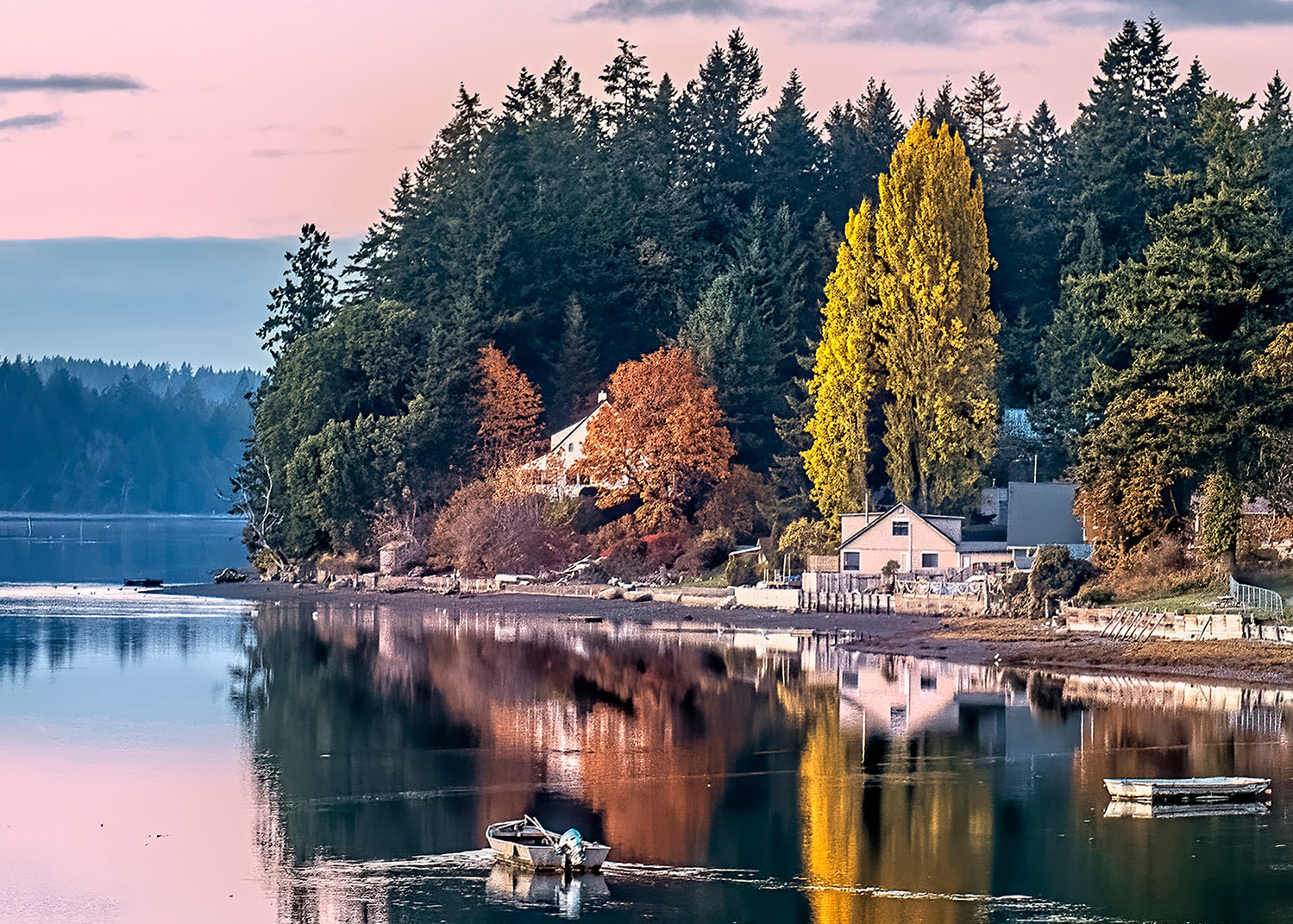
The Taylor Shellfish Co. moved one step closer in its quest to replace part of its existing Manila clam and oyster beds in Burley Lagoon with geoducks when it submitted a draft environmental impact statement (DEIS) to the Pierce County Planning and Land Services Department (PALS) Oct. 4.
Burley Lagoon was first farmed in the 1930s by Tyee Oyster Company. The tidelands were purchased by Western Oyster Properties in 1952; Taylor Shellfish has leased the 300-acre farm from Western since 2012. Since that time, depending on conditions and demand, between 80 and 200 acres of oysters and Manila clams have been under active cultivation.
In 2014 Taylor Shellfish submitted a permit request that would allow them to convert 25.5 acres to geoduck farming. PALS reviewed the proposal and because it was different from other permitted projects — more acreage, a relatively enclosed location, and denser population — it required an environmental impact statement.
At a public hearing held in 2016 most public comments focused on concerns about loose plastic from the geoduck gear, noise, and the deleterious effects on other wildlife (“Large-Scale Geoduck Farming Possible in Burley Lagoon,” KP News, Dec. 2016). At the time it was anticipated that a DEIS would be submitted within a year.
PALS reviewed an early draft and said the scope of work should include effects on sediments, water quality, aquatic vegetation, invertebrates and forage fish, fish and wildlife, noise, recreation and aesthetics. Bill Dewey, Taylor Shellfish Co. public affairs director, said that required additional studies; the pandemic caused further delay.
The DEIS, available on the PALS website and as a hard copy in the Key Center Library, outlines the environmental impact of three scenarios. The first, Taylor Shellfish’s preferred plan, would be to replace 25.5 acres of existing clam and oyster beds with geoducks, planted in phases. Nursery tubes, either solid plastic or mesh, would be used to protect young clams as well as predator exclusion netting. The second scenario would allow geoduck aquaculture throughout the proposed 25.5 acres but limit use to 17 acres at a time. The final alternative would be to take no action and to maintain current clam and oyster aquaculture.
In the cover memo, PALS Planning Manager Sean Gaffney stated that conversion to geoducks would not significantly impact biological resources or ecological functions and that the primary effects of interest to Burley Lagoon residents would be aesthetics when gear was visible, nighttime noise, lights during farming activities and potential recreational conflicts with protective tubes and netting.
“We are excited to finally have the DEIS out and are pleased with how comprehensive it is. We are really looking forward to hearing what people think,” Dewey said. “From our experience growing shellfish all over the state there are areas in the lagoon that are ideal for growing geoduck. Geoduck is an iconic Washington state product, and we have strong demand locally as well as other domestic and international customers. We built our success offering customers a variety of shellfish options. The pandemic reinforced the importance of diversity.”
He added that geoducks are not necessarily more profitable than other shellfish, especially oysters, which are the primary crop at Burley Lagoon. Planting and harvesting one clam at a time is expensive, geoduck seed is hard to grow, and the time between planting and maturity is five to seven years.
Laura Hendricks, executive director of the Coalition to Save Puget Sound, said that after reviewing the DEIS she did not think the studies cited reflected the most recent science. Most early studies on the impact of shellfish aquaculture, she said, were done by Sea Grant and funded by the National Oceanic and Atmospheric Administration with a bias favoring aquaculture. She is concerned that the science has focused on short-term impacts of shellfish farming and has not addressed its cumulative effects. There are, she said, significant impacts on biodiversity. In addition, she said that the emphasis on plastics has been on debris and not microplastics. “There is enough missing that I think the DEIS should be redone or not approved,” she said.
“If Pierce County approves the permit, cumulative impacts of industrial aquaculture practices could threaten the Burley estuary’s ecosystem and continue to interfere with the natural food web of Puget Sound,” Friends of Burley Lagoon posted on their website.
Public comment will be accepted until Nov. 17. No dates have been set for the steps that follow. Those steps are writing a final DEIS, public meetings at the Key Peninsula and Gig Harbor Advisory Commissions, public hearings before the Pierce County Hearing Examiner, a decision by the hearing examiner on permits and an appeal if filed, transmittal of that decision to the Washington State Department of Ecology followed by its decision, and public hearings if an appeal is filed. Ecology makes the final decision.
Hendricks said that the Coalition to Save Puget Sound plans to appeal if the permit is approved.
UNDERWRITTEN BY THE FUND FOR NONPROFIT NEWS (NEWSMATCH) AT THE MIAMI FOUNDATION, THE ANGEL GUILD, ADVERTISERS, DONORS AND PEOPLE WHO SUPPORT INDEPENDENT, NONPROFIT LOCAL NEWS